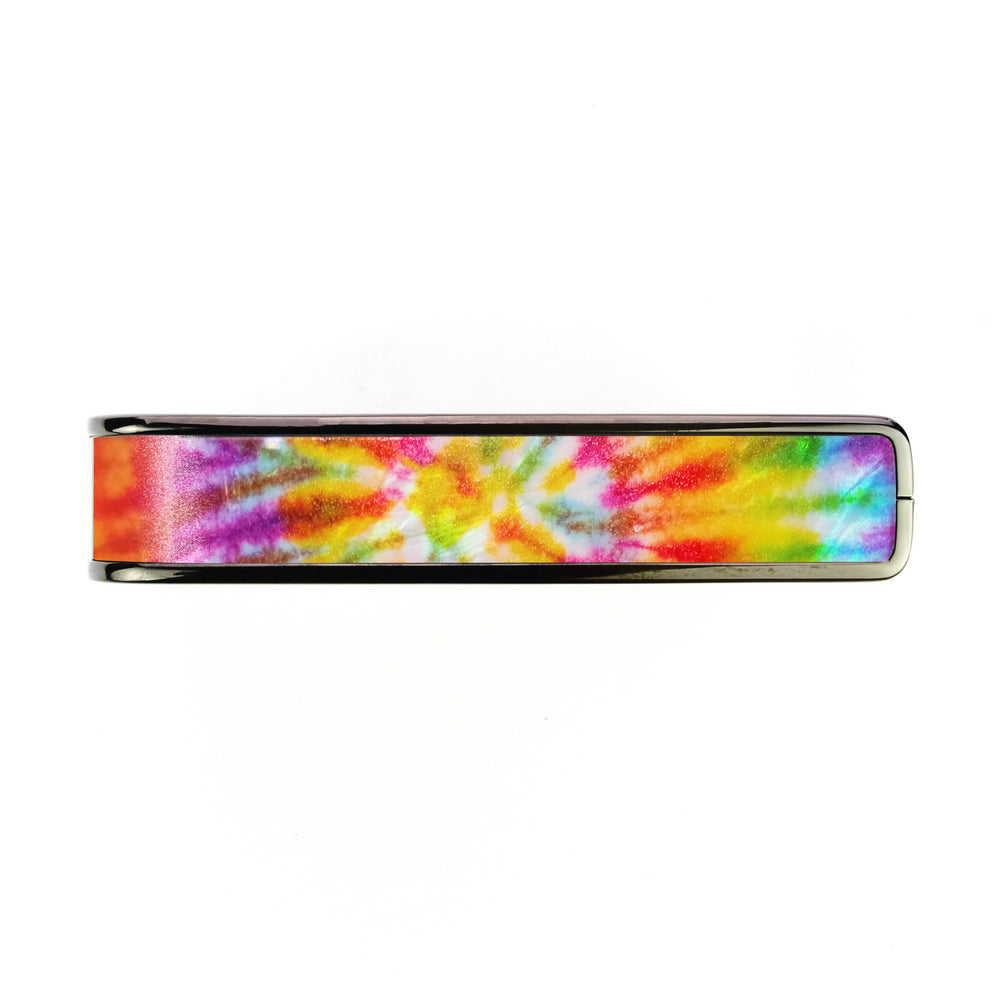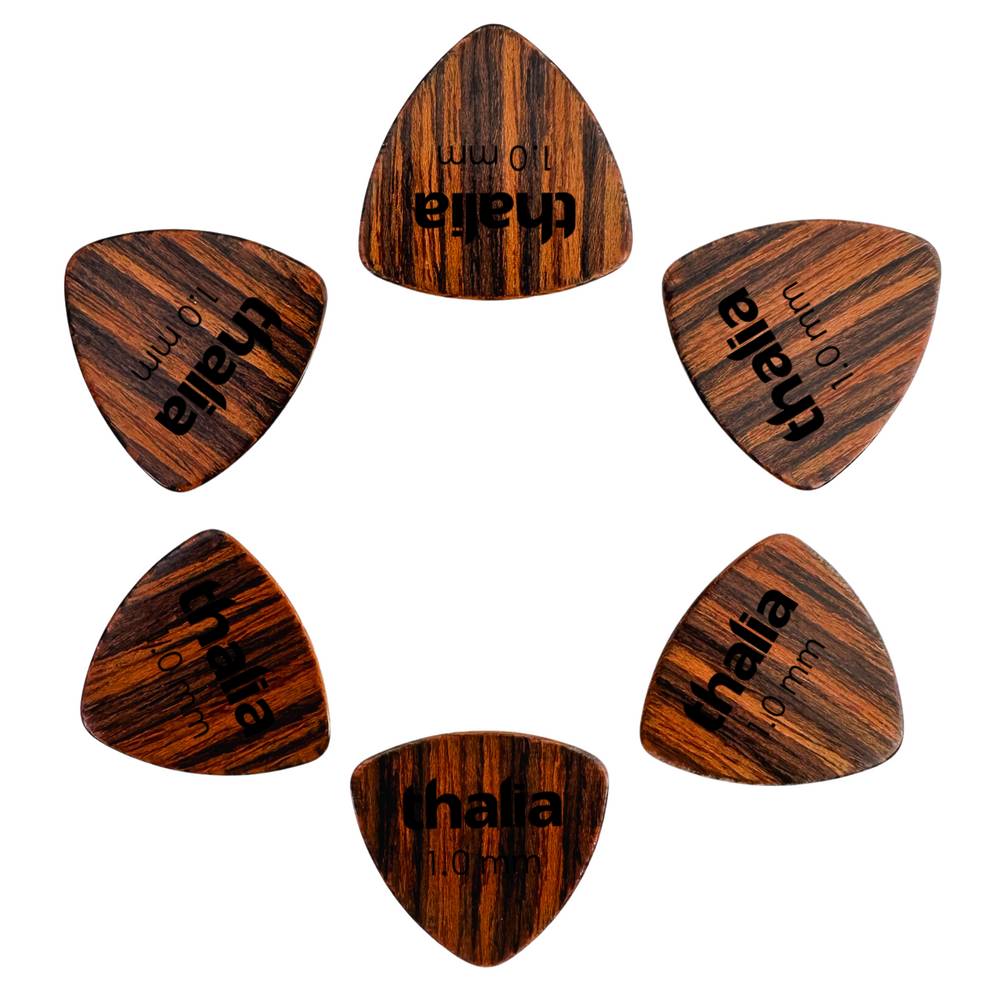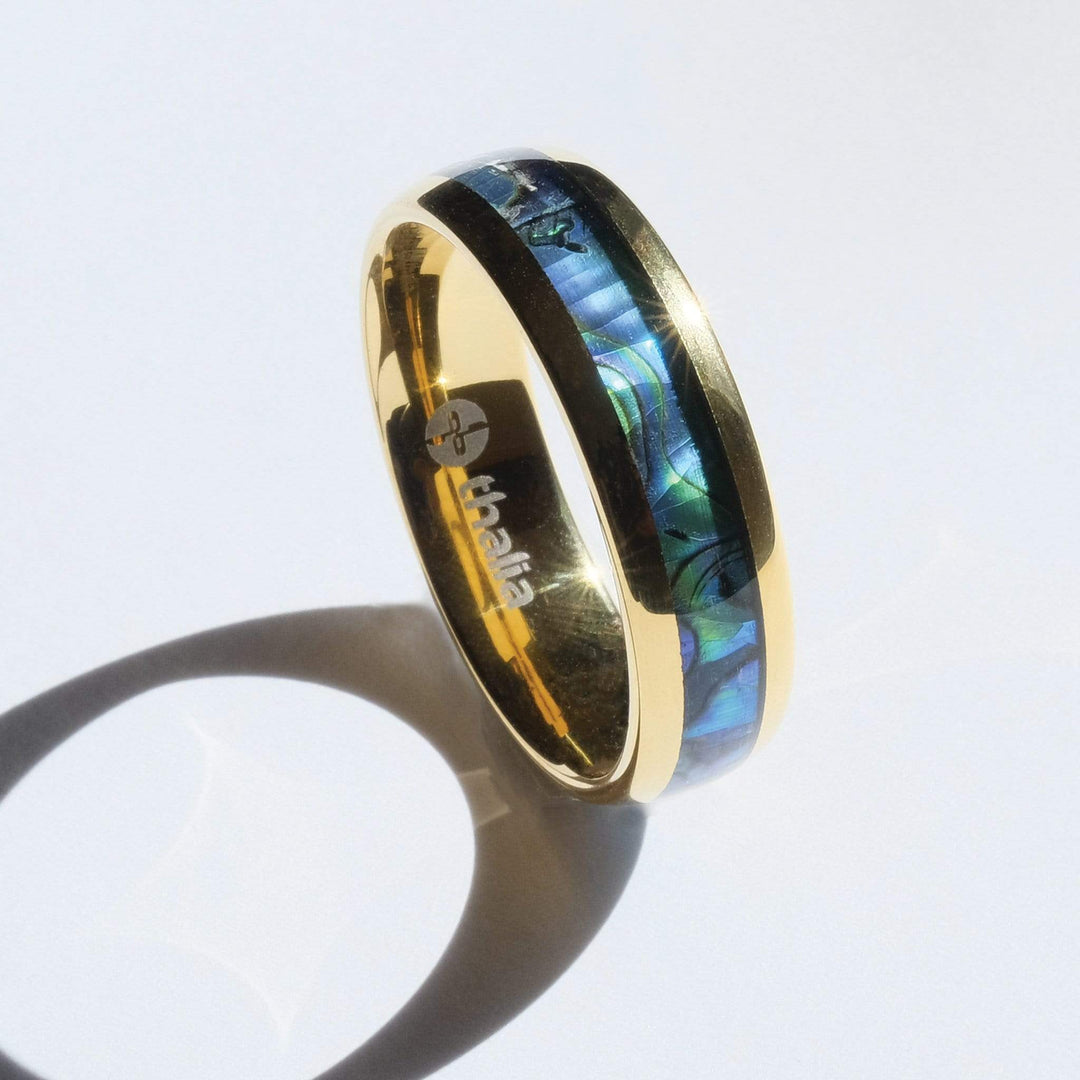Time Corrected Van Halen is the Worst Van Halen

There’s no “right” way to make an album. But, if you’re looking for a template to capturing a great band with great sound, you don’t need to look much further than the first Van Halen record.
“Van Halen” wasn’t exactly a flashy production. Tracked at Sunset Sound in October 1977 for the modest sum of $40,000 (compare that to the whopping $1.4 million Fleetwood Mac spent cutting “Tusk” the following year), the approach was very much “keep it simple.” As engineer Jon Landee told Van Halen News Desk in 2013:
“They’d barely had any studio experience… at that point, we really wanted to get them before they knew what they were doing – just have them come in and play and then get them out. So we spent very little time in pre-production, in fact, we treated the first album like it was a demo.”
Part of that approach was getting Van Halen to do what they did best; play live. As bassist Michael Anthony told MusicRadar in 2010:
"We basically just took our live show and all the songs we knew and went for it. The whole album only took a couple of weeks.”
In today’s context, one of the most amazing things about that first VH record is that it’s almost entirely bereft of overdubs. Only “Runnin’ With the Devil”, "Jamie's Cryin'", "Feel Your Love Tonight" and "Ice Cream Man" contain guitar overdubs. And, according to Landee, even those dubs “were done in one take.”
The live, in your face sound of the first Van Halen album was a hit with the rock n’ roll record buying public. Released in February 1978, it went Platinum in October of that year. In 1996, it was re-certified by the RIAA for selling over 10 million copies in the US alone.
Unfortunately, you couldn’t make a record like that today. Bands don’t hone their live chops like Van Halen did for one – the band had racked up tons of live experience before setting foot in the studio. For another, most new tracks tend to be “quantized.” What exactly does that mean? I’ll leave it to YouTuber Dr. Bob to explain it to you:
"Almost every new song you've heard in the past 20 to 30 years has been time corrected or programmed, which means every part of the song is in perfect time and locked to the grid or metronome to non-human standards of playing."
Quantizing is fine for plenty of genres, but when it comes to no-nonsense rock n’ roll. Well… hear for yourself. Dr. Bob’s taken the liberty of quantizing VH’s seminal “Runnin’ With the Devil” – even Eddie’s solo. You can check it out below:
As Classic Rock states, Dr. Bob effectively illustrates that the “’all over the place tempo’, the peaks, the valleys and the groove are what made the song great in the first place.”
"Don't kill a groove just because you have the tools to," Bob concludes. Here at Thalia, we’re inclined to agree.





















